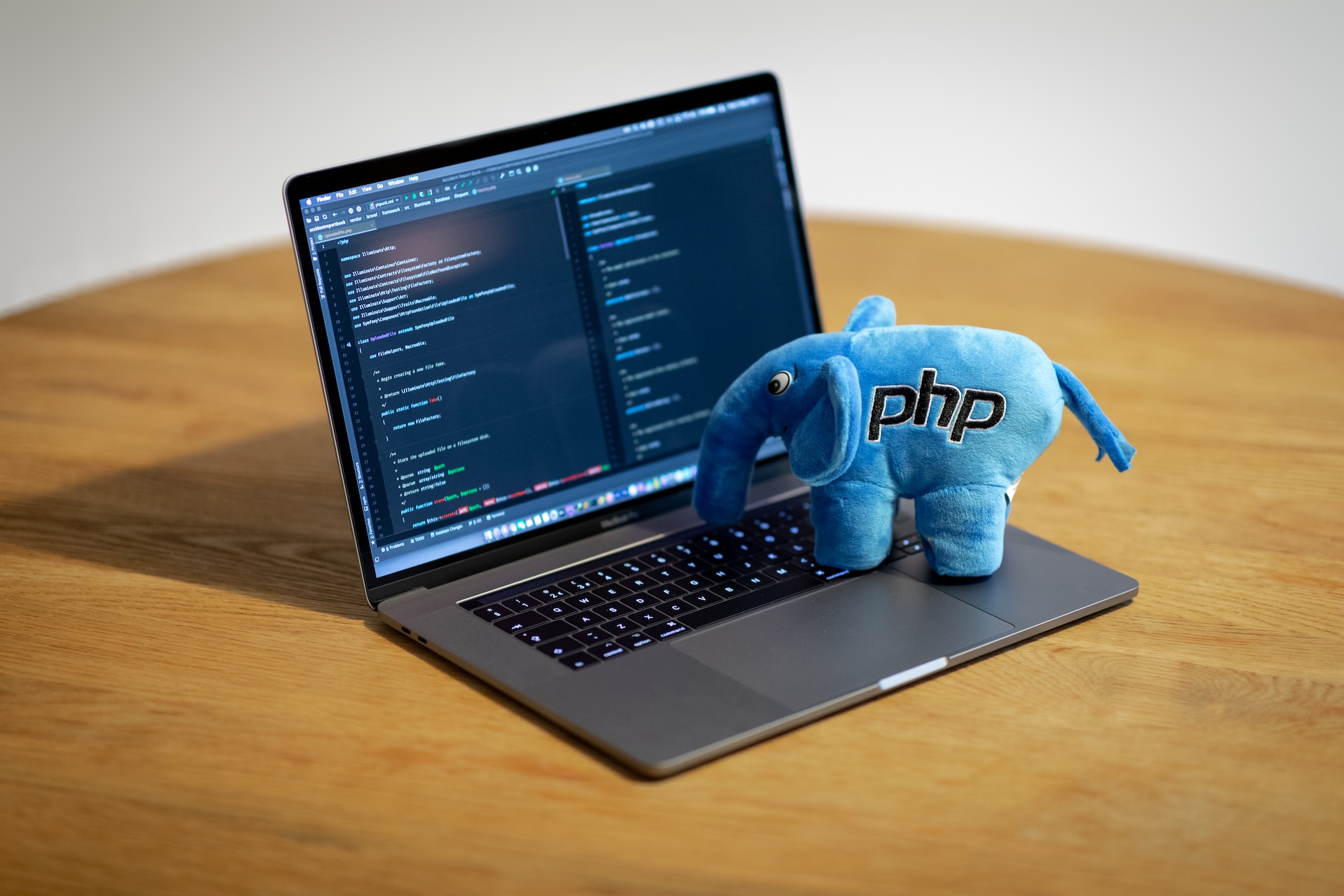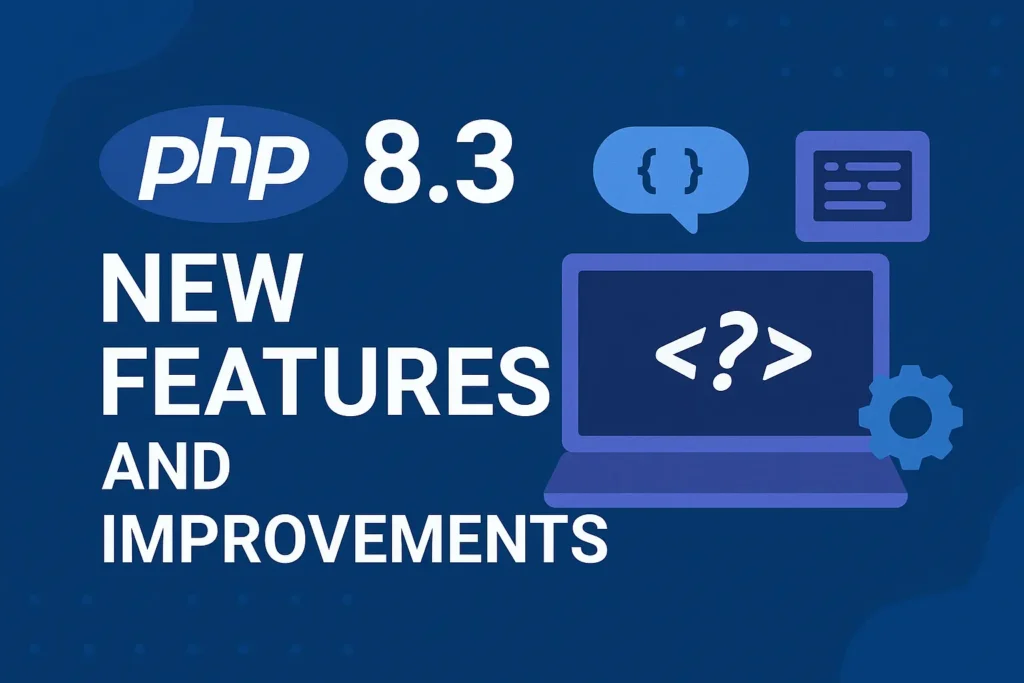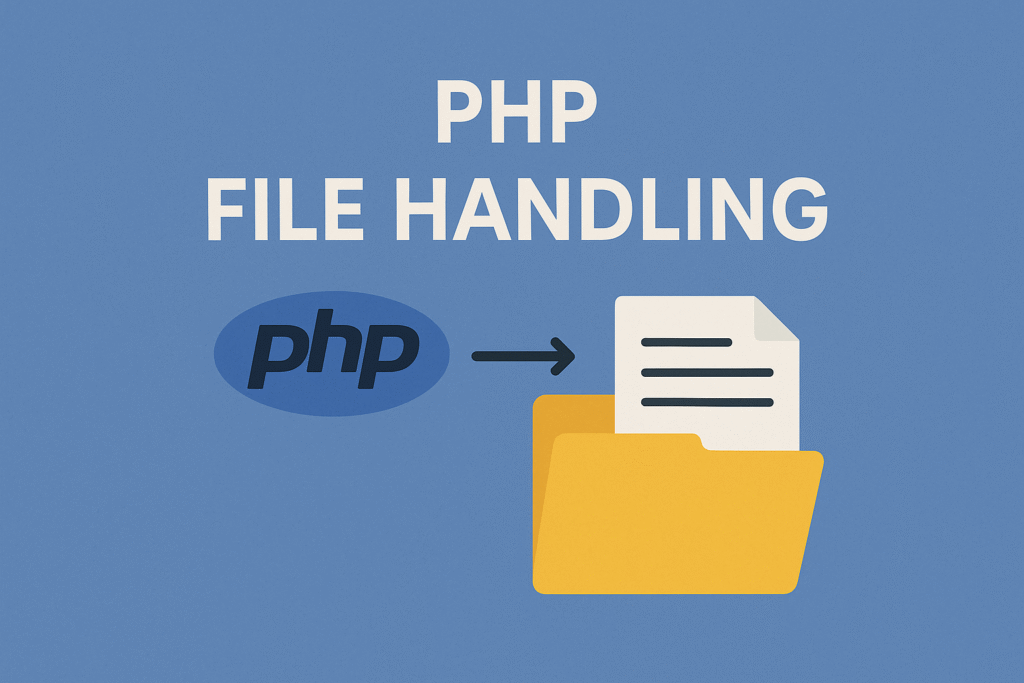
In this article, we’ll learn about PHP Sessions.
Table of Contents
In the realm of web development, creating seamless and personalized user experiences is paramount. PHP, a popular server-side scripting language, offers a powerful mechanism called sessions that enable the persistence of user data across multiple web pages.
We will explore the concept of PHP sessions, understand their significance in web applications, and delve into unique tips and best practices for utilizing sessions effectively.
What is PHP Session?
$_SESSION is a special array used to store information across the page requests a user makes during his visit to your website or web application.
Although you can store data using cookies it has some security issues. Since cookies are stored on the user’s computer it is possible for an attacker to easily modify cookie content to insert potentially harmful data in your application that might break your application.
Also every time the browser requests a URL to the server, all the cookie data for a website is automatically sent to the server within the request. It means if you have stored 5 cookies on the user’s system, each having 4KB in size, the browser needs to upload 20KB of data each time the user views a page, which can affect your site’s performance.
You can solve both of these issues by using the PHP session. A PHP session stores data on the server rather than the user’s computer. In a session-based environment, every user is identified through a unique number called session identifier or SID. This unique session ID is used to link each user with their own information on the server like emails, posts, etc.
How to Start PHP Session
Before you can store any information in session variables, you must first start up the session. To begin a new session, simply call the PHP session_start() function. It will create a new session and generate a unique session ID for the user.
The PHP code in the example below simply starts a new session.
// Starting session session_start();
How to Store and Access Session Data
You can store all your session data as key-value pairs in the $_SESSION[] superglobal array. The stored data can be accessed during the lifetime of a session. Consider the following script, which creates a new session and registers two session variables.
// Starting session session_start(); // Storing session data $_SESSION["firstname"] = "Peter"; $_SESSION["lastname"] = "Parker";
To access the session data we set on our previous example from any other page on the same web domain — simply recreate the session by calling session_start() and then pass the corresponding key to the $_SESSION associative array.
// Starting session session_start(); // Accessing session data echo 'Hi, ' . $_SESSION["firstname"] . ' ' . $_SESSION["lastname"];
The PHP code in the example above produces the following output.
session.gc_maxlifetime variable in the PHP configuration file (php.ini).PHP sessions serve as a cornerstone for creating dynamic and personalized web experiences. By understanding the intricacies of PHP sessions and implementing best practices, you can unlock the full potential of persistent user interactions.
Remember to prioritize session security, optimize session data management, and tailor session strategies to your application’s requirements. With PHP sessions in your arsenal, you’ll be well-equipped to deliver seamless and engaging web applications. Happy coding!
Hope this article helps!


